
THERMOLUMINESCENCE (TL) LABORATORY
It is possible to date a ceramic, porcelain or terracotta thanks to thermoluminescence (TL). Thanks to its teams of doctors and its high-tech TL and OSL (LexsygSmart) devices, CIRAM offers precise, rigorous dating within controlled timeframes.
Laboratories specializing in artwork dating
Thermoluminescence is the historic technique of science at the service of art. Thanks to micro-sampling done in situ, CIRAM’s teams test and date your terracottas regardless of their origins or eras. CIRAM’s TL tests are approximate dates of the last firing of the material.
Unique techniques…
There is a need to differentiate between thermoluminescence tests (TL tests) that are used for the art market and are similar to approximate dating. The absence of an archaeological context does not allow for accurate dating.
When the artifact is discovered in an archaeological context, CIRAM researchers also propose thermoluminescence dating with the measurement of the annual irradiation rate.
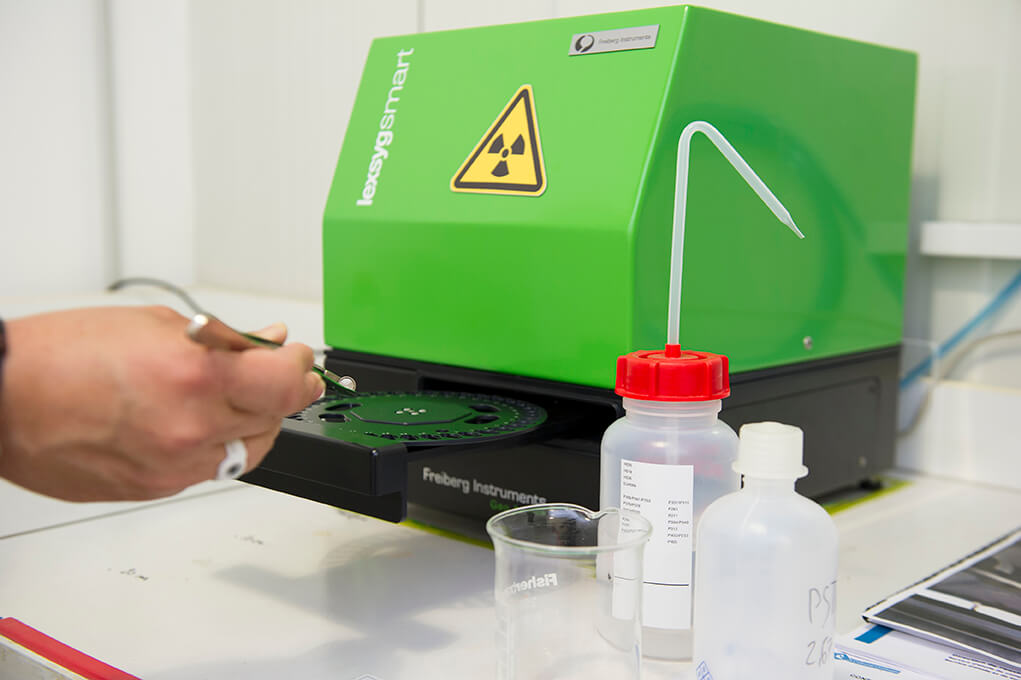
…to trace the story
For the analysis of terracotta and ceramic art objects, we perform an age test.
Thermoluminescence will inform about the period of the last firing of the materials with high reliability.
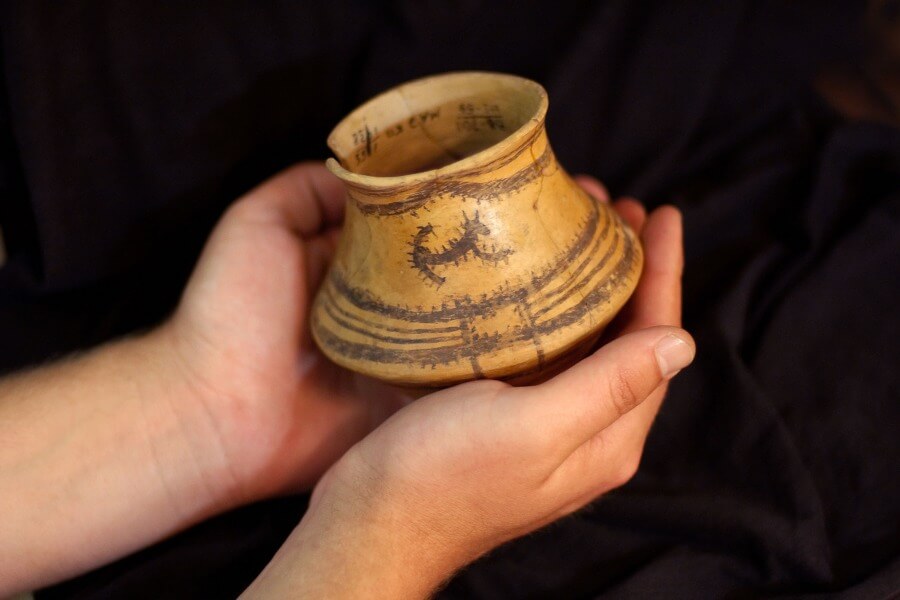
THERMOLUMINESCENCE ON CERAMICS
For rigorous dating
State of the art teams and equipment for ceramics
To make dating of ceramic or terracotta objects possible, CIRAM has its own laboratory using the same protocols as public laboratories and scientists capable of interpreting the results of thermoluminescence and OSL.
In our laboratories, we carry out tests in compliance with a strict quality procedure for a precise expertise of your ceramic or terracotta works of art.
For the analysis of terracotta materials, our experts use a high-tech TL-OSL LexsygSmart instrument that is both reliable and fast.
The age test using thermoluminescence
Thermoluminescence dating of terracotta and ceramic artefacts makes it possible to date the last firing of the object. Thanks to thermoluminescence, it is possible to measure the energy accumulated by the crystals (quartz or feldspars) contained in the ceramic after their last firing. The accumulated energy is proportional to the age of the object.
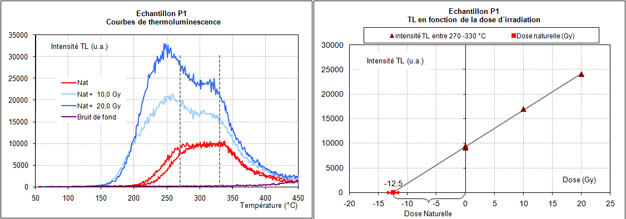
For a recently fired ceramic object, the analyses will show a very low intensity of the light emitted. On the other hand, for a very old object, the thermoluminescence analysis will reveal a strong intensity of light.
The thermoluminescence test is carried out on a sample that is analysed in the laboratory.
Detecting new fakes with X-rays or 3D scans
By means of additional analyses using X-ray or 3D scanning, it is possible to detect more elaborate fakes.
Finally, the analysis and interpretation of the results by our doctors and engineers guarantee the reliability of the results.
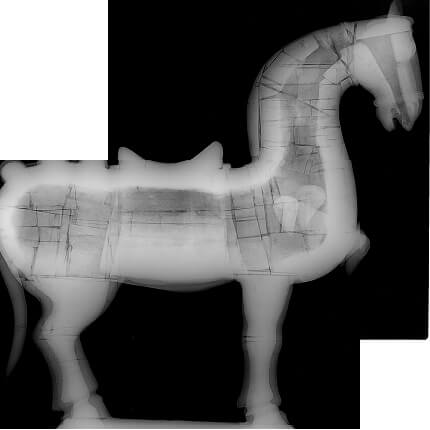
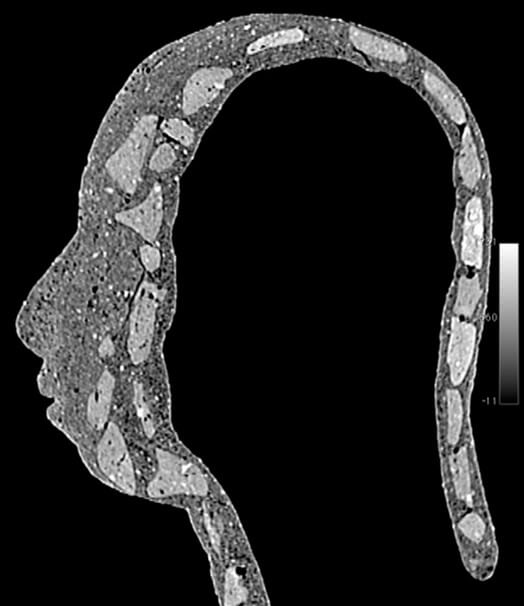
CIRAM, laboratories specializing in the dating of ceramic artworks
The study and dating of terracotta and ceramic artwork is done through thermoluminescence (TL test) and interpretation by our scientific teams.
We are able to date a ceramic object, but also to detect forgeries with precision. CIRAM is specialized in dating and analysis of works of art thanks to state-of-the-art laboratories and dating experts.
Discover CIRAM’s other fields of expertise:
